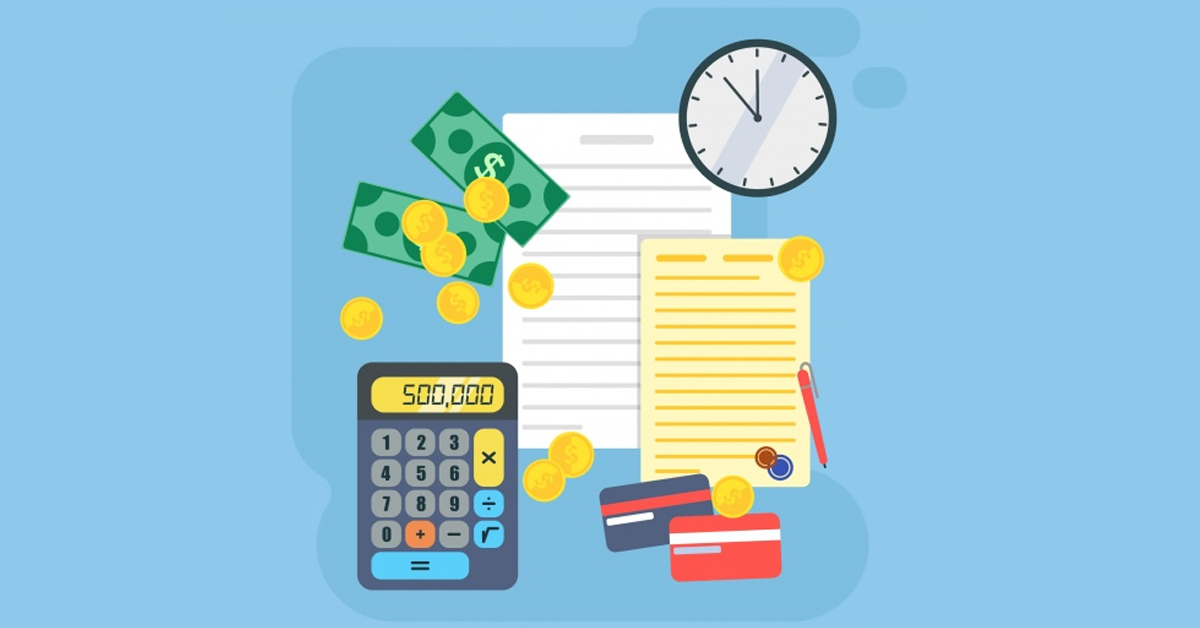
3 Accounting Basics Every Entrepreneur Must Know
Accounting Basics: Financial Statements
There are a number of reports that could be generated by your accountant, including reports detailing the age of receivable accounts or payable accounts. There are three financial statements, however, which your accountant should create for you to review. These are the income statement, the balance sheet and the cash flow statement. While some businesses choose to make these statements on a quarterly or even annual basis, as a small business, you should really review them on a monthly basis. Monthly reports offer you the opportunity to make adjustments to your marketing plan, sales objectives or budget before more damage is done.

- For a defined period, the income statement lists all of your income and expenditures. Typically, the last item on the declaration will be a number reflecting the subtraction of total expenditure from total revenue, i.e., your profit or loss for the period. At the end of the period, accounts appearing on the income statement will be reset, but the data will not be purged. Most software systems will, therefore, allow you to print a declaration of revenue for the quarter, the whole year, or any other dates you choose.
- Your assets and liabilities are recorded in the balance sheet. The money in your bank account, your receivables and your inventory are included in your property. These will also be included as assets if you buy or own your building, cars, machinery or furniture. Your liabilities are amounts you owe. If you funded your cars, for instance, the balance you owe will be shown on the balance sheet as a liability. Expenditures you have accumulated will also be shown as liabilities until you actually pay them. Usually, your equity is the final entry on the balance sheet, which is what stays after your complete assets have been subtracted.
- The cash flow statement is regarded to be one of the most difficult accounts to generate, but if you are a fresh or a struggling company, it is highly useful. Essentially, it demonstrates how money flows into your company and out of it. It focuses mainly on modifications in your earnings and balance sheet accounts, breaking these changes into operations of funding, operating and investment. Because the cash flow statement gives an image of the solvency of your company and its capacity to satisfy its economic commitments, this declaration will be used by most lenders and creditors as part of their decision on whether to approve your loan or funding request.
The Currency Principle

This is a GAAP requirement that all operations share a common currency, sometimes referred to as the monetary unit principle. Suppose you’re running a company in the U.S. but you’re extending credit and ship to a Canadian client. A cheque drawn on a Canadian bank is issued by the client in Canadian dollars. Since all your other operations are in U.S. dollars, you have to transform the payment of the customer to adhere to the concept of a common currency. Most banks can help with this, so bring the cheque and a blank deposit slip to your bank is the simplest way to do it.
Debits and Credits

The overwhelming accounting option is the scheme of double entry. In easy terms, this implies that at least two accounts are affected by each transaction. For example, you’re affecting your bank balance and the account associated with your property rental expenses when you write a cheque to pay the rent on your building. Debits either boost expenses and accounts of assets or reduce accounts of liability. Credits either decrease expense and asset accounts or increase a liability account. Therefore, your bank account would be credited and your lease expense account debited. The total of all debts and all credits must be the same but opposite indications for each transaction.
Entrepreneursaround,entrepreneursaround.com




